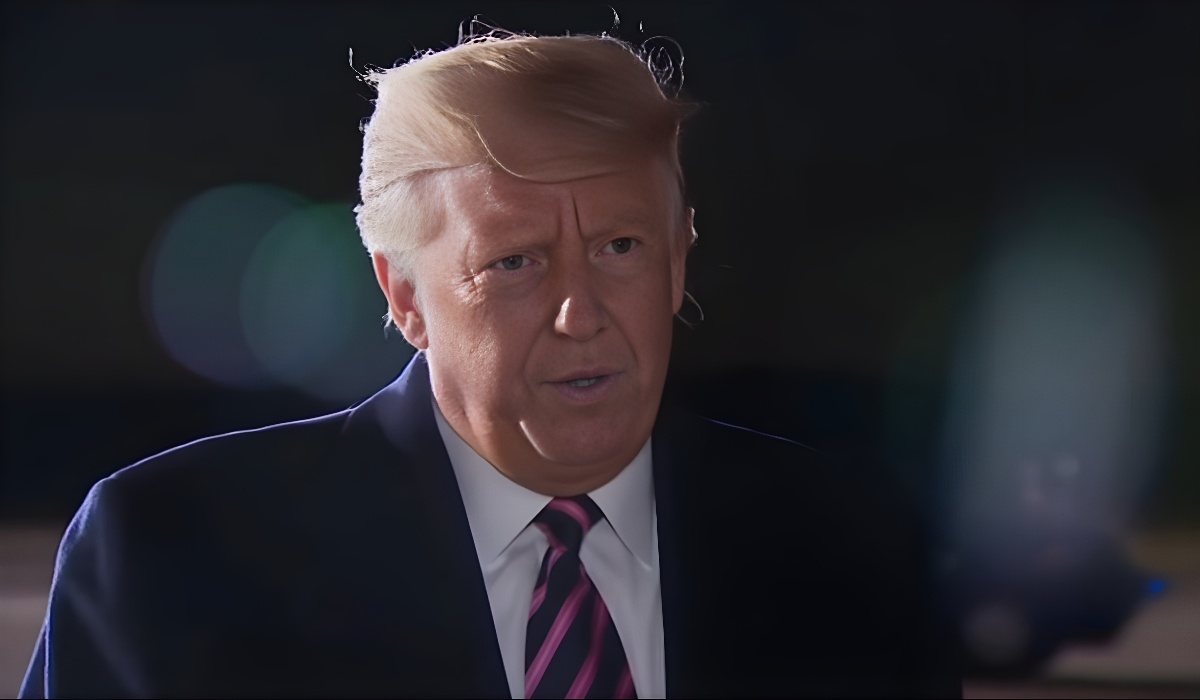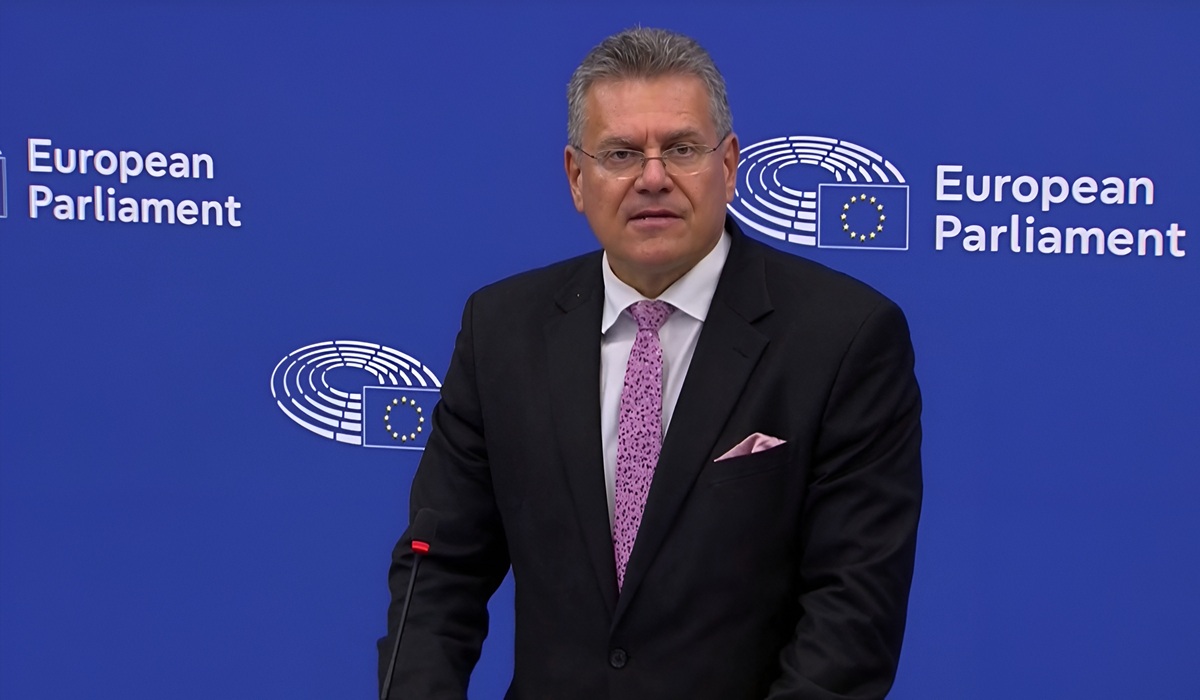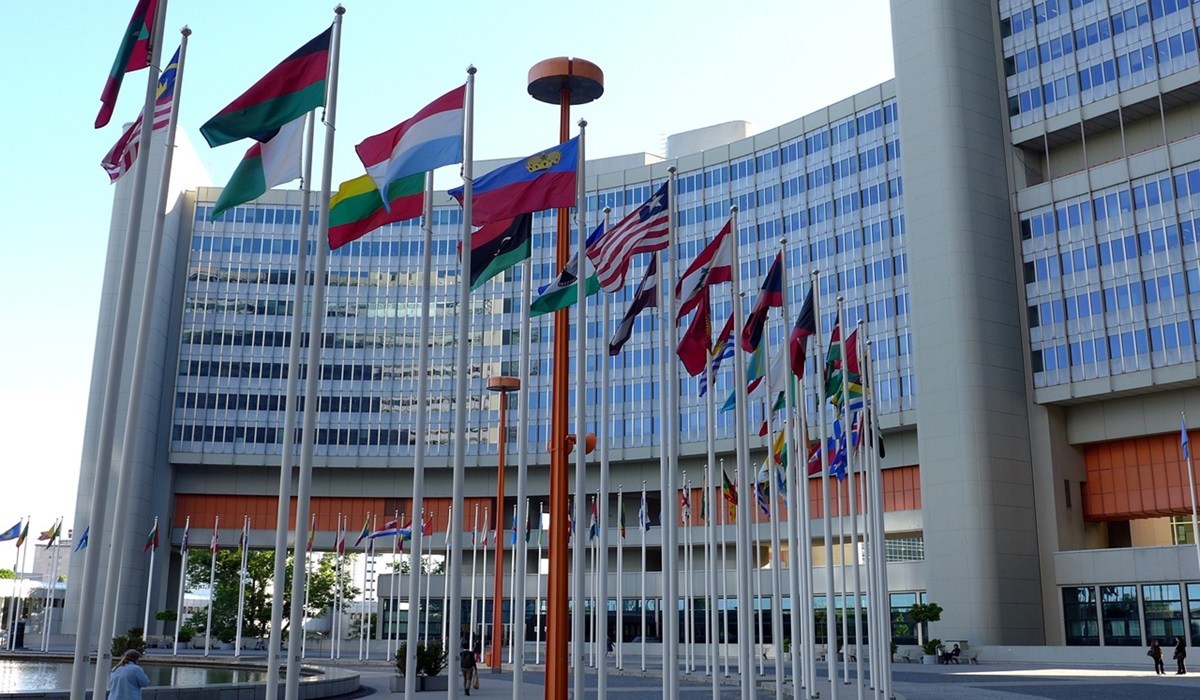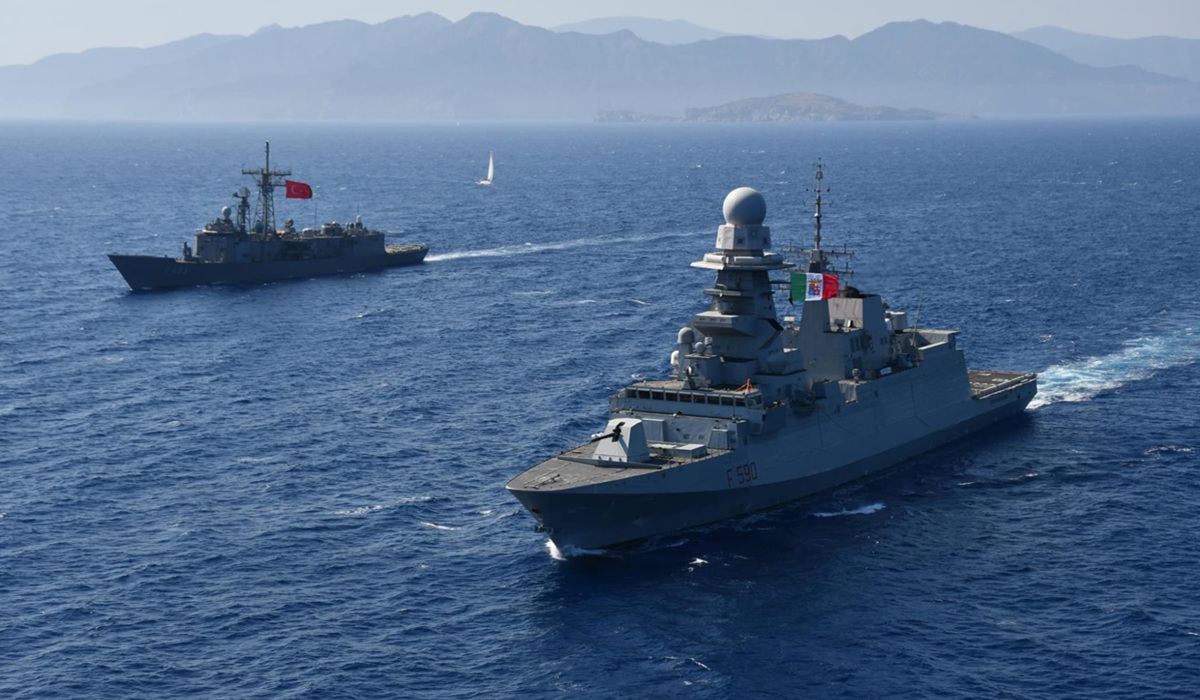Trump’s 50% Aluminum Tariff on Canada Sparks Retaliation and Market Chaos
- Kingston Bailey
- Breaking News
- March 11, 2025

Donald Trump has directed his Commerce Secretary to impose a 50% tariff on Canadian goods, effective immediately, in direct retaliation against Ontario Premier Doug Ford’s decision to place a 25% tariff on electricity exports leaving the province. This escalation, rather than serving as a measured response, has ignited a full-scale trade war with economic consequences that will reverberate across industries, financial markets, and American households.
In the short term, the impact will be immediate and severe. Businesses that rely on Canadian imports, from raw materials to finished goods, will see their costs rise sharply overnight. American manufacturers, particularly those in industries dependent on Canadian steel, aluminum, lumber, and agricultural products, will face increased production costs, forcing them to either absorb losses or pass them on to consumers. Small businesses, already navigating inflationary pressures and supply chain disruptions, will be hit hardest, as they lack the financial flexibility of multinational corporations to offset the burden. The stock market, already rattled by erratic economic policy, will respond with volatility, as investors react to the uncertainty and potential corporate losses stemming from the tariffs.
More pressing, however, is the retaliatory response from Canada, Mexico, and China. Rather than broadly targeting American industries, these countries have designed their countermeasures to inflict maximum damage in politically significant regions—Trump’s Republican strongholds. Agriculture, manufacturing, and energy sectors in red states are now bearing the brunt of strategic tariffs that make American goods less competitive abroad. Soybean, corn, and dairy farmers, already strained by previous trade tensions, will find their export markets shrinking further. Factory towns reliant on international sales will see orders dry up. The damage is not theoretical—it is an economic chokehold tightening on Trump’s base.
In the long term, the consequences will be even more profound. Global supply chains do not wait for political resolutions; they adjust. Canada and other trading partners will seek new, more stable economic relationships to avoid future volatility caused by unpredictable U.S. policies. Once-lucrative export markets for American goods will be filled by foreign competitors eager to seize the opportunity. China, for example, has already moved to source agricultural products from Brazil and Argentina rather than U.S. farmers. Similarly, European and Asian manufacturers will strengthen ties with Canada to replace American suppliers.
The economic realignment triggered by these policies will leave the United States in a weaker position on the global stage. Businesses forced to rely on government bailouts due to lost revenue and disrupted markets will add to the national deficit, undermining the argument that protectionist policies strengthen the economy. Meanwhile, as foreign buyers develop alternative trading relationships, the influence of American industry will erode, reducing the leverage the U.S. once wielded in international trade negotiations.
Perhaps the most self-defeating aspect of Trump’s economic aggression is its failure to recognize the fundamental shift in global trade dynamics. The idea that tariffs are a weapon of economic dominance ignores the reality that in an interconnected world, nations do not act in isolation. When the United States imposes severe economic restrictions, it does not force competitors to concede—it forces them to innovate, diversify, and build resilience. The result is not American strength but American obsolescence.
While Trump has indicated he is willing to escalate tariffs to 100% or beyond, what he is orchestrating is not a demonstration of power but an act of economic self-sabotage. The markets will adapt without the U.S., the supply chains will evolve, and global commerce will continue—just with America playing a diminished role in it. This is not economic leadership. It is a strategic retreat from global relevance, orchestrated not by foreign adversaries, but by the very administration claiming to put America first.








